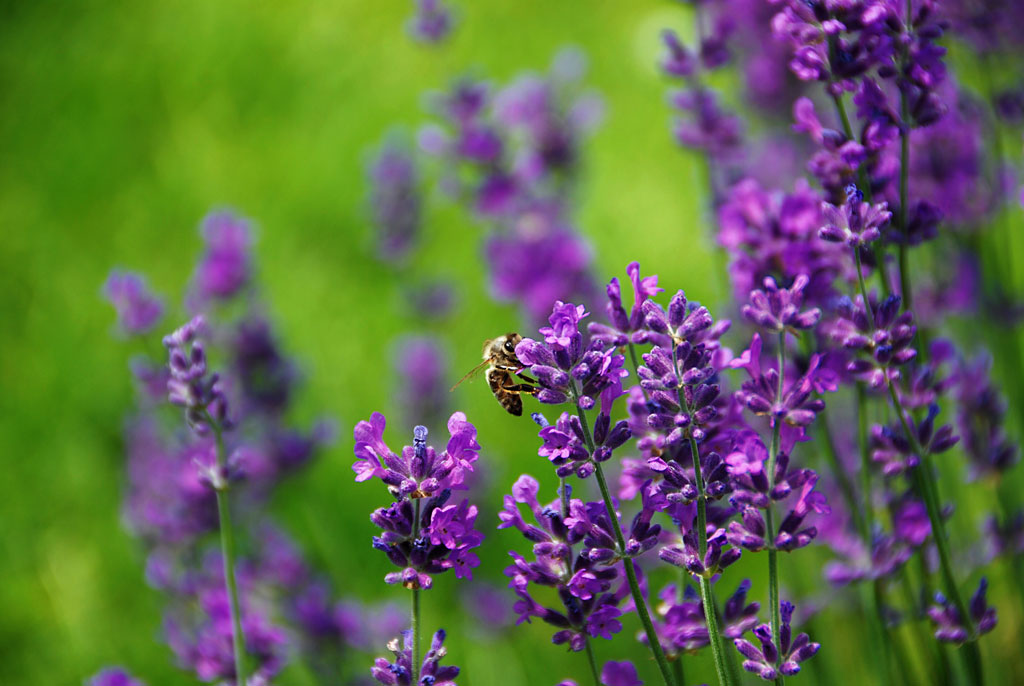My prolific bucket container garden is yearly pollinated by a number of bees, including honey bees and bumble bees. For the past three years, I have planted flowers and herbs for the sole purpose of attracting pollinators and other beneficial insects, and I have been rewarded with a healthier garden, as well as an eclectic collection of bugs.
My favorite insect has been a tricolored bumble bee that began visiting my garden a couple seasons ago. Last summer, it brought another orange-belted friend along with it to visit my flourishing buckets. These fat little guys are some of the best pollinators you can have buzzing around your flower beds because they head out earlier and fly home later in the day than other bees. They also have a higher tolerance for cold and rainy weather. So this spring, I am going to make sure I plant a myriad of bee-friendly greenery in hopes of doubling my garden’s tricolored bumble bee population.
Here are a few flowers and flowering herbs you might find in my bee garden buckets this year.
Flowers
Lavender is an obvious choice. It grows everywhere in the Northwest, is highly prolific and has an abundance of uses, from culinary to medicinal to environmental. Dandelions and daisies are often considered weeds, but I plant them to attract early and late-season pollinators. Calendula and sunflowers have similar bright yellow coloring and take very little effort to grow. Finally, there is a jewelweed that grows near my house that bees simply can’t resist. It is considered an invasive plant, but I still transplant a few shoots into my garden. And the bees thank me.
Story continues after a quick message from our sponsor below.
If you could plant just one flower in your garden, I would suggest the humble marigold. I have always disliked marigolds –– they aren’t very interesting, they smell like nothing and they grow short and squat. My husband, though, has changed my mind about them. They are, in fact, quite powerful. Not only do they attract a wide array of beneficial insects, but they also repel pretty much every living thing that aims to destroy your succulent plants, even deer to a certain extent.
Flowering Herbs
When choosing herbs to entice bees, select varieties that are highly fragrant. Rosemary and thyme bloom in April and May. Sage, basil and lemon balm flower when the weather is hotter. Mint grows anywhere, anytime, always. I reserve a bucket solely for mint, which keeps it contained and protects my veggies from its tentacle roots. Mint is also superb for deterring aphids.
I typically plant multiple seeds of each herb, allow one plant to flower and harvest from the remaining plants for edible purposes. You can eat the flowers, but I prefer to let the bees have them.
These are just a few of the blooming plants that you can use to beautify your garden and make it more healthy. What flowers are you sowing this year?
By S. Michal Bennett
As Featured In: Premier 2017 SPO Edition



